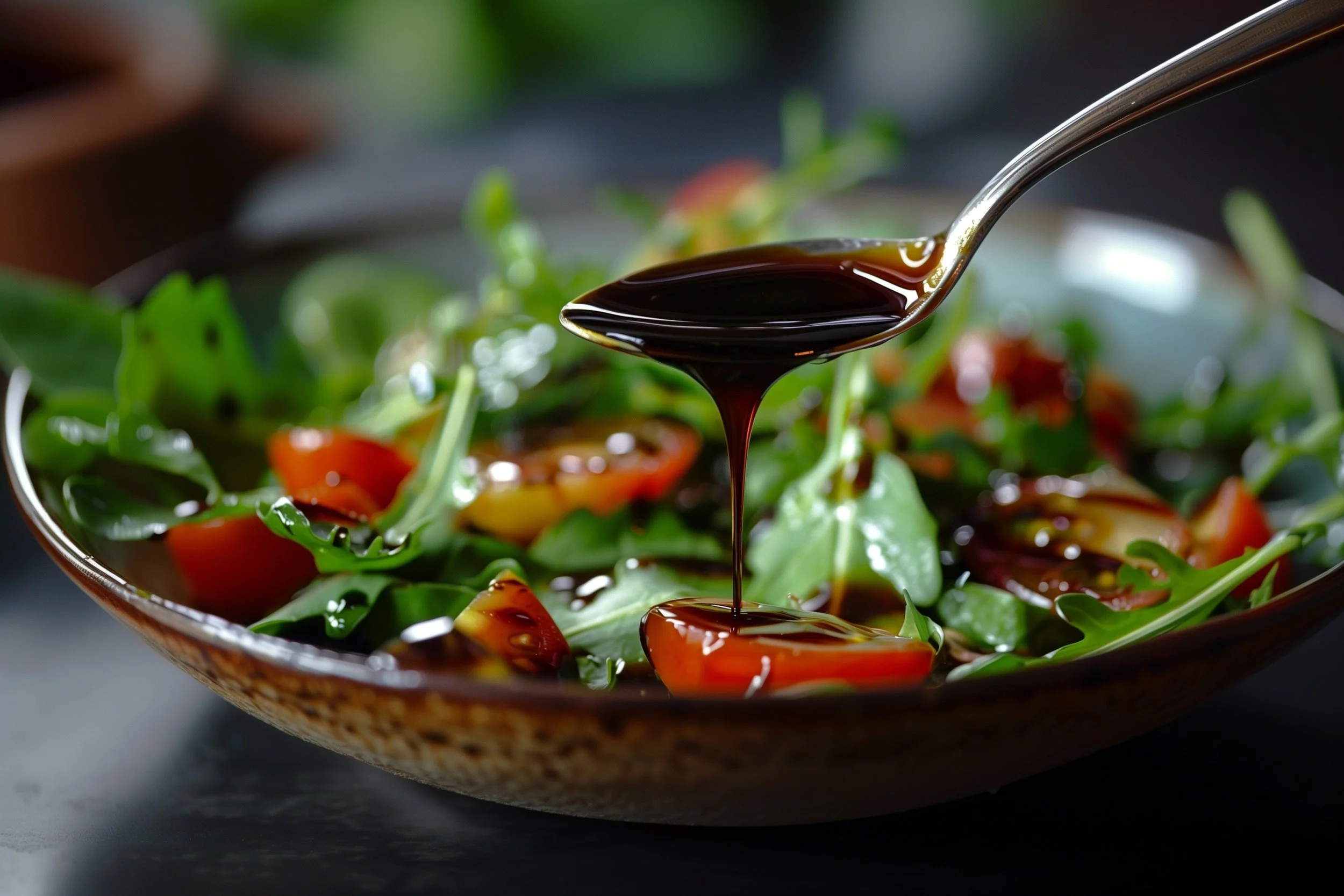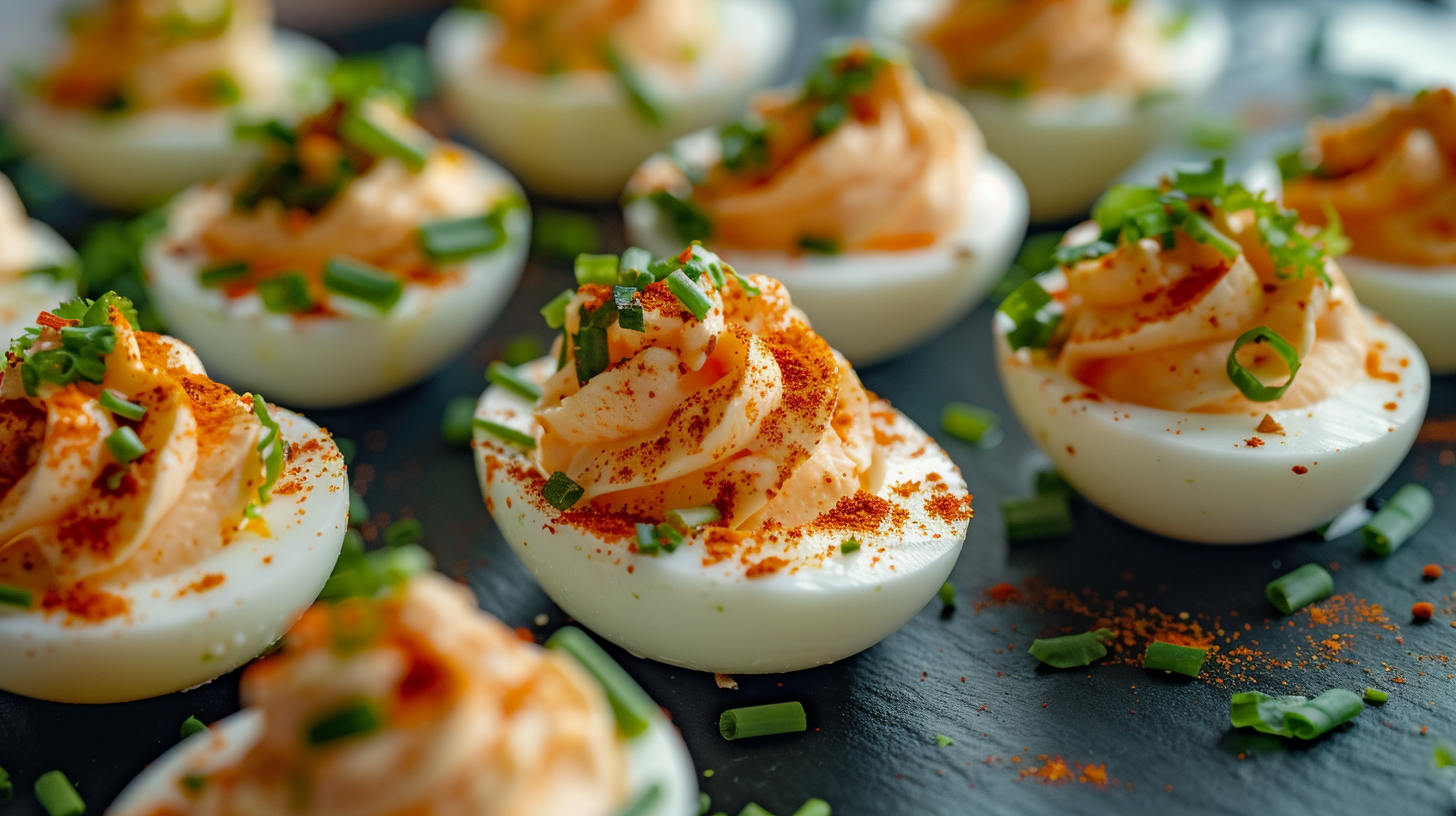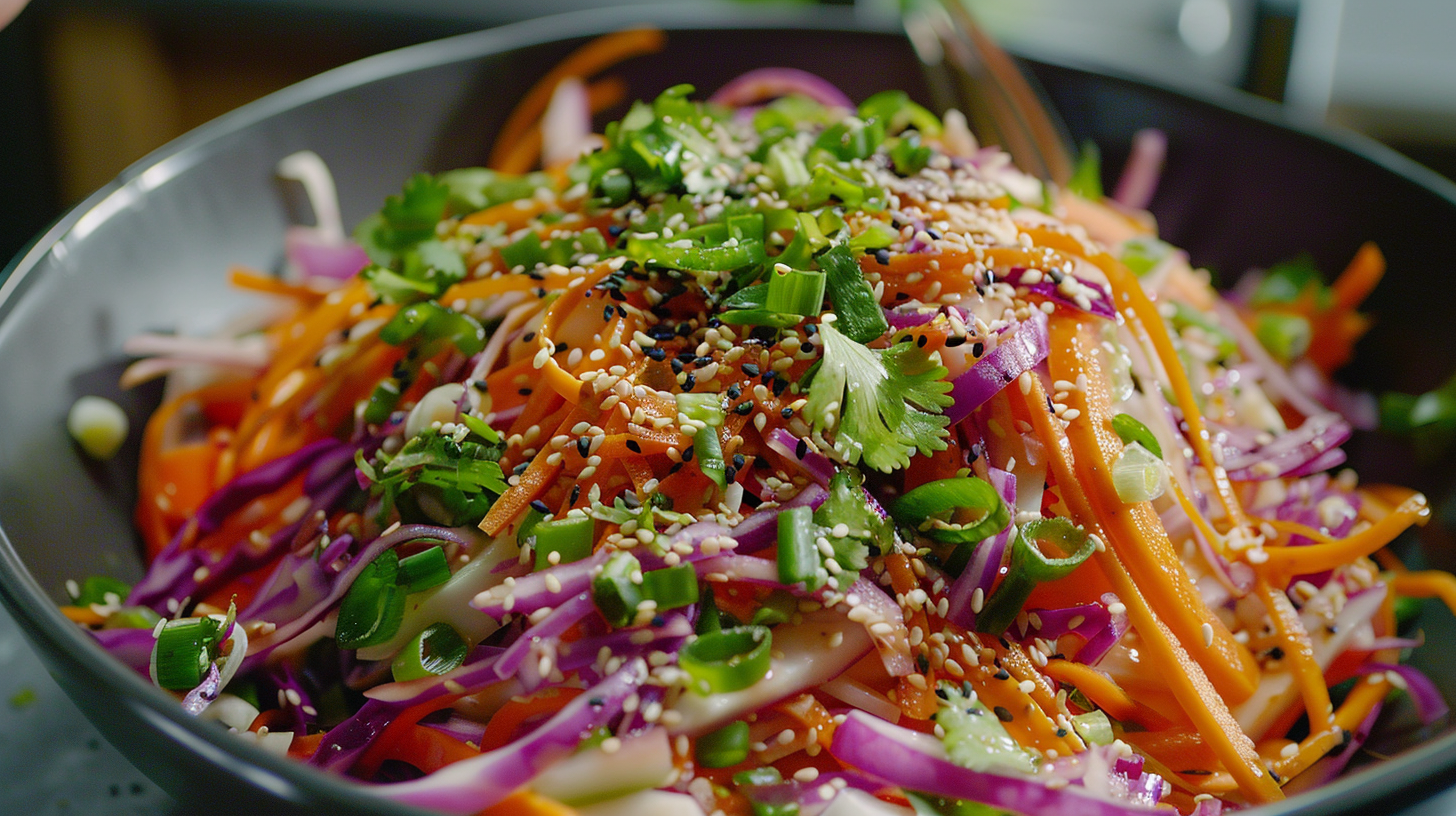Mastering Flavor: The 3 to1 Ratio for Irresistible Homemade Dressings.
Yield: About 167 ml (approximately 2/3 cup)
Prep Time: 10 minutes
The 3:1 Ratio: Unlocking the Secret to Perfect Vinaigrettes
I was introduced to ratios when I first started working at decent a la carte restaurants back in 2010. One of the kitchen veterans, let me in on a little secret – the magic ratio for making killer vinaigrettes. At first, I didn't think much of it, but once I started playing around with that 3-to-1 oil-to-vinegar ratio, it was like unlocking a whole new world of dressing possibilities! Turns out, Lots of recipes are built on the foundations of ratios (which I will of course share in future blogs 🤫).
The Quintessential 3:1 Ratio
Whether you're a newbie cook or a seasoned pro, the 3:1 ratio is the ratio to make any vinaigrette regardless of oil and vinegar. 3 parts oil to 1 part vinegar – write that down and/ or lock it into your brain. Whenever anyone asks you for a vinaigrette recipe just whip this out to hit the perfect balance between the rich oil and the tangy vinegar kick. For this recipe, I use balsamic vinegar and olive oil. The only thing that can make this dressing recipe better is if we upgrade to better-quality oils and vinegars. Given the state of how the economy is right now (it’s 2024 😭), I’ve been using bulk olive oil and balsamic from Costco because it’s all that I can afford.
Tools needed:
A small mixing bowl
A whisk or fork,
(immersion/ stick blenders are the ultimate hack to emulsified dressings)A bottle or jar with a lid for storage
Ingredients listed below
Ingredients:
40 ml (2/3 of 1/4 cup) balsamic vinegar
120 ml (1/2 cup) extra virgin olive oil
1/3 tsp fine sea salt
1/3 tsp freshly crushed black pepper, finely ground
optional additions to switch it up,
or use them all!
10 ml (2/3 tbsp) honey
10 ml (2/3 tbsp) Dijon mustard
1 medium garlic clove, minced
Cooking Instructions:
Combine the Base Ingredients: In the mixing bowl, start with vinegar and your seasonings, salt and pepper in this case.
Emulsify with Olive Oil: Slowly pour the olive oil into the mixture to create an emulsification, by whisking vigorously to combine water to oil separates the molecules enough to let them bind which appears to us as a thickening of the liquid.
Taste and Adjust: Sample your vinaigrette and make any final adjustments to the seasoning according to your preference.
Store for Use: Pour the vinaigrette into your chosen container. Give it a good shake before dressing your salads to ensure all the flavors are well distributed. If using Extra Virgin Olive Oil, keep in mind this will solidify in colder temperatures so give it time to acclimate to room temperature or shake well before using, it is not bad, just cold and perfectly safe to eat.
Extra Cooking Tips:
Understanding Emulsification: Do you know why oil and vinegar usually separate in a dressing? Well, that's where the whisking comes in. By vigorously whisking them together, you're actually breaking down one of the ingredients into tiny droplets that get dispersed in the other. It's like taking a group of very different friends and blending them into one super tight-knit crew!
Balancing Flavors: Vinaigrette is about harmony. Balancing pillars in tastes can compliment one another when done correctly. Always think of the senses of our taste, salty, sour, bitter and sweet and it will help perfect your dressing.
Taste As You Go: Never stop tasting as you're making your vinaigrette! Let your taste buds be your guide to reaching that perfect balance you love. The recipe's just a starting point - your preferences reign supreme.
Storing Dressings: If you've got leftover dressing, just pop it in the fridge. Depending on what is in it, oil and vinegar dressing is shelf stable, once emulsified with vegetables like green onion and or garlic we suggest up to two weeks. But remember to give it a good shake or stir before using, since the ingredients might start to separate over time.
Using Leftover Vinaigrette: Don't just limit yourself to salads - leftover vinaigrette makes a mean marinade for veggies, chicken, tofu, you name it. It's a versatile little flavor booster!
Exploring Variations: Once you've got the basic recipe down pat, start experimenting with different oils, vinegars, and extra mix-ins such as spices and or vegetables like green onion or fresh herbs. Each little tweak can completely transform the flavor profile and open up new creative possibilities on your cooking journey.
Switch up additions
The Role of Mustard: Mustard isn't just in there for a kick of flavor. It's actually a natural emulsifier, helping the oil and vinegar mix together and stay that way for longer. Just think, one little ingredient pulling double duty.
Fresh herbs: If you're adding fresh herbs, make sure to chop them up finely or blend with dressing to “emulsify”.
Zesting Citrus: When using citrus zest, only zest the colored outer layer. The white pith underneath is bitter city. A microplane is the handiest tool for this, but a regular ol' box grater's fine side does the trick too.
Spices: Try dry toasting in a pan on the stove, or better yet toast in the oil for your recipe to not only “wake up” the spices, but to infuse the oil for your dressing which will be major flavour bomb for your sauce.
To conclude, if you can, memorize this simple balsamic vinaigrette recipe and if you can’t the foundational ratio of 3:1, oil to fat, is super easy to.
Salad dressing possibilities are limitless.
Don't be afraid to get creative and make it your own. Try swapping out the balsamic for a zippy red wine vinegar, or go bold with a robust extra virgin olive oil. Who knows, you might just stumble upon your new signature dressing along the way. At the end of the day, cooking should be fun and expressive, not restrictive.
Give this balsamic vinaigrette a try and tag me, @the_eugefood, when you have created one that you like.
Happy dressing!
You’ll Also Love These
Hi, I'm Eugene, but many of you might recognize me as "The_EugeFood". With over two decades working in diverse kitchens, I've come to cherish the genuine connections and shared experiences that cooking brings. For me, it's not about the high-pressure, competitive world you see on TV. It's about the joy of gathering around a table, the stories shared over simmering pots, and the laughter that follows a shared meal. I'm here to demystify the culinary world, to show you that if you can boil water for cup noodles, you're already on your way. Cooking isn't just a skill; it's a journey of discovery, and I invite you to join me on this adventure to becoming a better cook.









